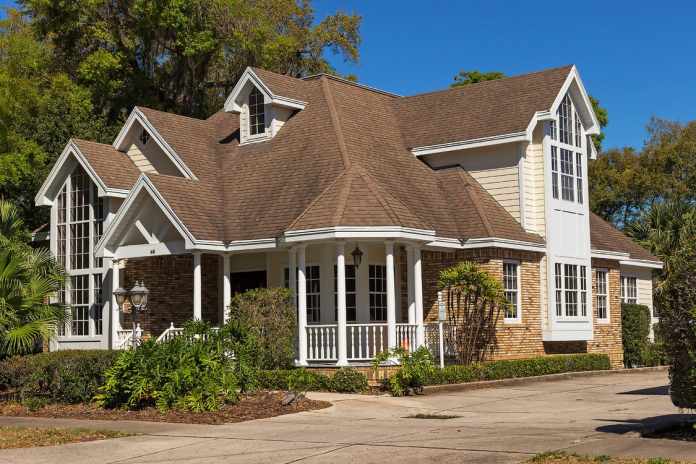One of the top materials used for damp proofing in a building is a damp proof membrane or DPM. But before we look at damp proof membranes and how they work, let’s take a quick look at damp, its causes and why a building needs a DPM.-Damp Proof Membranes
What is damp?
Damp usually occurs due to the presence of excess unwanted moisture within a building. If left unresolved, damp can lead to serious structural damage and even constitute a health risk. There are three main types of damp, namely, rising damp, condensation and penetrating damp. It’s strongly recommend to reach out to a London damp specialists to deal with any damp issues you may be facing.
Causes of damp
Condensation – this common type of damp is usually caused by day-to-day household activities that leave excess moisture in the air, such as; steam from cooking and showering, drying wet clothes indoors and a poor heating system.
Penetrating damp – this can be as a result of; overflowing gutters, rising groundwater levels, building defaults and faulty plumbing.
Rising damp – rising damp usually occurs when there is no damp proof course (DPC) installed or when an existing DPC is compromised. Also, the absence of a damp proof membrane can lead to rising damp.
What exactly is a Damp Proof Membrane (DPM)?-Damp Proof Membranes
A DPM is a type of membrane material that is usually used to prevent the capillary action that occurs with rising damp. The membrane is normally placed underneath a concrete floor to prevent moisture from entering. A DPM can also be installed together with a damp proof course as a way of getting rid of damp problems from a building.
Why a building requires a DPM?
Without a damp proof membrane in place, rising damp problems can occur on your property and lead to a number of issues such as; patches on the wall, wood rotting/fungal decay, damaged skirting boards, deteriorating wallpapers and paint, a musty smell and mould (which can cause asthma). A damp proof membrane is also required when using insulation materials like cellulose and mineral wool so as to protect the insulating properties of these materials from damp
How does a DPM work?
A DPM material is usually plastic based (with polyethylene foils as the most widely used) which means they can protect against water. This membrane material is fixed to the wall using plugs with water tight seals. The membrane surface has a stud formation which generates an air gap allowing the evaporation of water without any obstruction to the wall. For maximum protection against rising damp, a DPM is usually used to overlap the damp proof course during installation. This provides a more efficient barrier against moisture movement.
DPM installation process
Installing a DPM is easy and flexible. This means that it can adjust to structural movement and stay durable, thus minimising the risk of failure. The installation process starts with identifying the source of the damp problem, after which the plaster will be removed from that areaof the wall that is affected and the original masonry rendered back.
Once this is done, the DPM will be cut to the size of the wall, and the technician will place the DPM onto the wall. To ensure that the DPM is securely placed, it will be drilled, and special membrane fixed plugs will be put in place. This also ensures that the membrane stays in place so moisture cannot pass through.
While installing a DPM, real care must be taken to ensure that the plastic membrane does not tear or develop holes, as this can allow moisture to penetrate it. It is, therefore, of utmost importance that you contract only a damp proof specialist with a high level of experience to handle your DPM installation.
Conclusion
Installing a damp proof membrane is a surefire way to get rid of damp problems on your property. When coupled with a damp proof course, it offers even more protection. However, it is important that you let a professional handle your DPM installation. Also, ensure that the membrane being used is in line with all the construction guidelines (the British standards stipulate that the membrane sheet has to be a 1200 gauge).



















